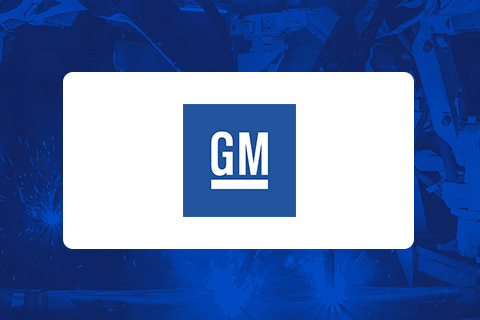Increase confidence
in operational
decision making
Simul8 simulation software is used by automotive manufacturers to examine and optimize operational factors, including mixed model assembly, staffing requirements and resource utilization.
Why use simulation for automotive operational decision making?
Optimize for mixed-model assembly, conduct ‘what-if’ analysis, maximize resource utilization.
Simulation can also be utilized to address the various operational aspects of the plant such as shift patterns, build schedules, and number of operators on the line.
With the growing need for assembly plants to be capable of producing a family of vehicles, knowing how to run a plant in the most flexible but efficient manner is critical to ROI.
How can simulation improve key operational objectives?

Optimizing for mixed-model assembly
Mixed model assembly lines are increasingly used by manufacturers to meet the diversified needs of their customers, increase flexibility and reduce costs associated with large product inventories. Although it has advantages, mixed model assembly can increase plant complexity and impose additional unique constraints on the system.
This is why automotive manufacturers rely on simulation tools like Simul8, to help test mixed model assembly lines and get the answers needed to reduce inventory levels, shorten lead times and improve resource utilization and productivity.
Achieving the right balance of throughput is essential for manufacturers to maximize profitability; overproducing will waste resources and jeopardize budgets, while not meeting customer demand will impact earnings and market share.

Simulation reduces the risk when implementing manufacturing facilities that strive for multiple product variance, particularly when it comes to cost, quality and time. Manufacturers can assess a broad range of factors which have implications for efficient mixed model assembly including:
- Are signaling and broadcast points for sub-components placed in the optimum position to maintain throughput?
- Getting the right component, in the right place, at the right time, with the limited amount of rack or lineside storage that exists.
- Does the plant have the required capability and capacity? We need to make sure we can meet the required shift times and patterns.

Batch vs build to order
Often a vehicle product mix may contain a vehicle type that has a longer cycle time then the others. This vehicle type may cause significant throughput loss as it can pace the rest of the line to its respective cycle time.
Simulation can highlight the benefits of running these low volume vehicles within respective batch builds. Conducting various ‘what-if’ studies can determine the optimal batch size, while striving to adhere to the customer order schedule.

Find optimal operating shift patterns
Simulation can be used to test and optimize operating patterns, including varying planned downtime such as operator breaks.
Furthermore, it could include running certain section of the plant through breaks, or utilizing tag relief strategies.
Given the operating pattern, the plant can then determine the number of units produced per shift, per day, per month, and per year.

Optimize staffing requirements and utilization
As well as machinery and equipment, staff such as line-side operators, shared task operators, forklift drivers and maintenance workers are key resources in driving the overall production process.
Simulation is effective for determining the best strategy for assessing resource requirements and placement, as well as optimizing the balance of resource tasks.
With advanced robotics playing an increasing role in supporting human operators, interaction between them is becoming more seamless, enabling production line operators to collaborate with, train and manage robots on the production line.

Simulation is valuable for providing great insight into these complex shared tasks, including travel and walk times, as well as distinguishing between 'automated' and 'manual' tasks within a cycle time.
For example, simulation can highlight whether a station is waiting for a part, or waiting for an operator. This allows manufacturing engineers to design robust work stations that won’t pace the line, or become a bottleneck due to overloaded operator utilization.
With Simul8, skilled trades such as millwrights, electricians, pipefitters, and tool-makers can also be added to models to determine the optimal onsite maintenance crew. These skilled trades can be added to activities where breakdowns occur, thereby gaining critical insight into the plants repair and maintenance strategy.
Find out how these Automotive organizations used Simul8 to seriously improve processes, eliminate bottlenecks and reduce costs
Learn more about Simul8
Explore the wealth of features that make Simul8 the #1 choice for simulation.
Learn more


